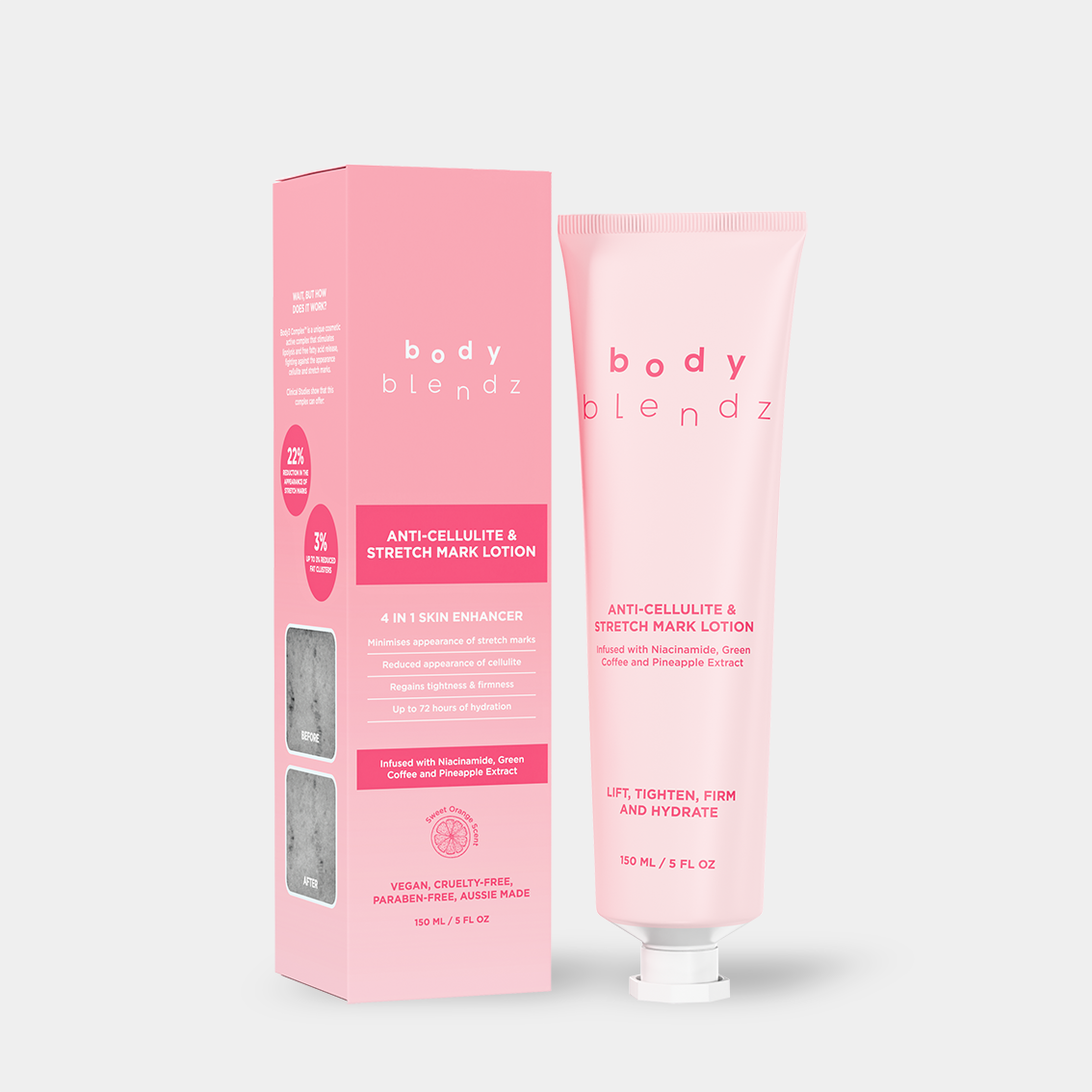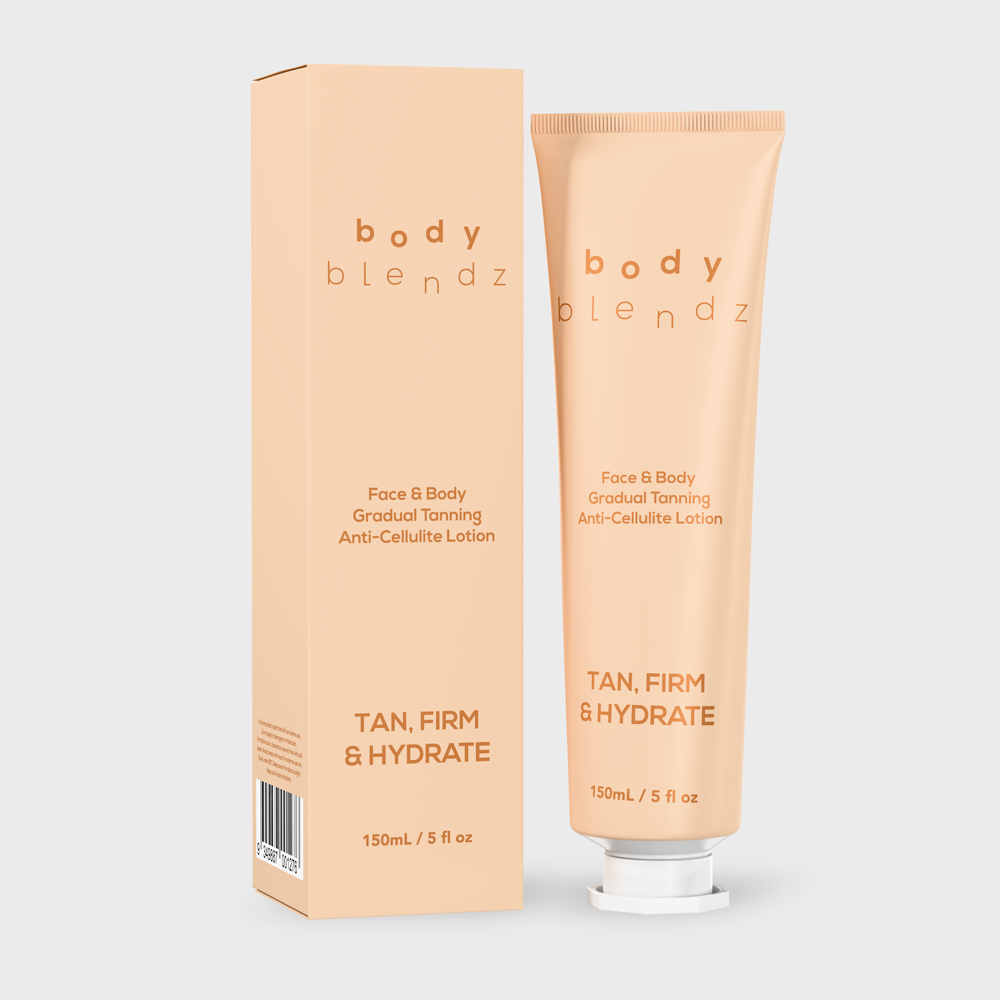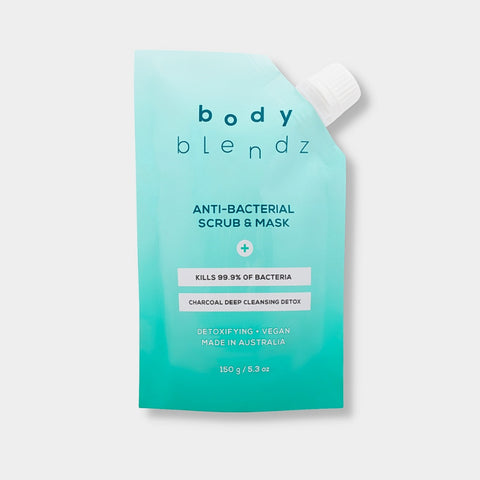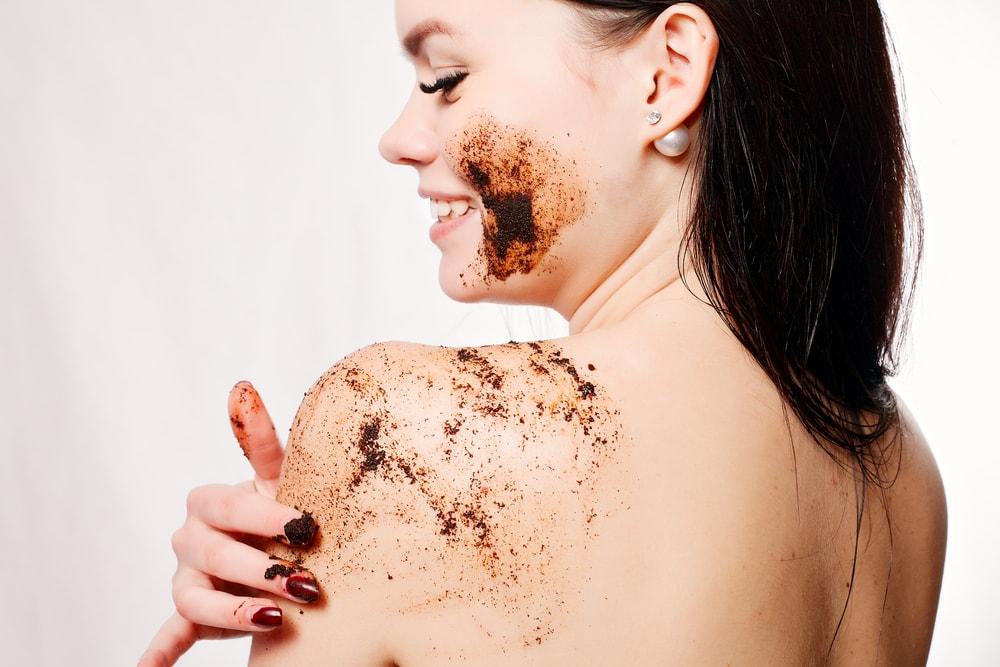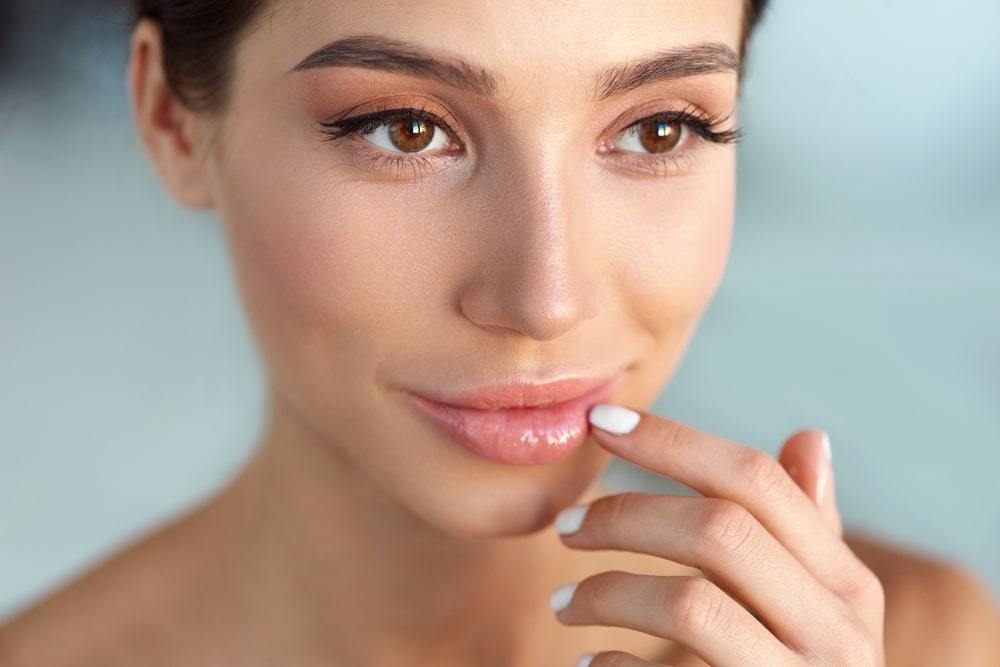Toxic Ingredients to Avoid in Skin Care and Cosmetics

The skin is the largest organ in our bodies, and one way our bodies absorb nutrients or toxic ingredients. Upwards to 60% of everything that we put on our skin, not to mention ingredients we use on our hair, nails, and teeth, is assimilated into our system and can either positively or negatively affect our health.
With pollution and toxicity all around us, from the smog-laden, carbon emission-saturated air to the artificial sweeteners and ingredients found in our kitchen, we often neglect the amount of toxic burden we put on our bodies by using everyday food and items.
Skincare products and cosmetics can make us sick. To heighten awareness of the effects of what you are applying on your skin, below are the several toxic ingredients and the risk they pose to our health, where they are commonly found, and their natural counterparts.
Risk to health
Often, when unchecked, these products contain hormone-unbalancing chemicals, immunotoxins, neurotoxins, and even reproductive toxins that hinder development and healing. Numerous ingredients are now being linked to health problems like eczema, allergies, reproductive issues, and even cancer.
Risk to pregnancy
The risk of these nasty and toxic ingredients extends to and do more significant damage to babies, with their bodies and organs still developing inside the womb. With the fetus in a fragile development stage, and therefore with a still-developing detoxification ability, they are more at risk than their pregnant mother.
Risk to skin
Often these toxic ingredients don’t even have to travel into our bloodstreams to cause harm. On the skin, they work amazingly at first but over time, they cause allergies, breakouts, eczema, and other skin irritations.
Mineral oil
With ‘mineral’ as its name, people are led to think that it is good for their skin. But mineral oil could cause more harm than good. Called by other names such as paraffin oil, liquid petroleum, and white mineral oil, mineral oil is a petroleum by-product.
There are several grades of mineral oil and, therefore, varying levels of toxicity. The lowest is being used to lubricate engines and gears and as an ingredient to veterinary medicine. The highly purified, processed form of mineral oil is labeled safe, but how can you be sure what grade is being used in the skincare or cosmetic product? Even cosmetic grade mineral oil may not be entirely safe. Depending on how and where the mineral oil is sourced, it could be contaminated by toxins.
Mineral oil is now labeled as comedogenic, meaning it can clog pores and hinder your skin from breathing. It increases the likelihood of breakouts due to impeding the skin’s ability to purge and detoxify.
Moreover, mineral oil is a filler ingredient that contributes nothing to the skin and health. All it does is grease up the surface. As an alternative, use ingredients with natural oil to act as a ‘greaser.' Natural oil softens the skin without clogging the pores and provides nutrients to the body.

Found in: moisturisers, lotions, and hair conditioners
Opt for: beeswax, shea butter, and natural oils
Parabens
Parabens are being used in the cosmetic industry as preservatives; if your product contains liquids, chances are parabens are used to avoid having bacteria grow in them. They may be called a variety of names, including methylparaben, proplyparaben, isopropylparaben, and isobutylparaben.
The FDA acknowledges a number of studies linking parabens to breast and reproductive issues. Parabens are endocrine disruptors and mimic estrogen. Too much estrogen can introduce breast cell tumors.
Always look for paraben-free products. If the product is indeed paraben-free, it will be proudly displayed on their labels.

Found in: makeup, moisturiser, shaving gel, shampoo, personal lubricant, and spray tan products
Opt for: Oil, vitamins, extracts that act as natural preservatives that also naturally antibacterial and anti-septic. Safer compounds are Sodium Benzoate, Sodium benzoate Ethylhexylglycerin. Ethylhexylglycerin and Phenoxyethanol
Dibutyl phthalate, toluene, and formaldehyde
These three ingredients found inside the pretty, little nail polish bottles have been known to unbalance the hormones, cause headaches and respiratory problems, and damage the liver and kidney. Pregnant women are even advised to avoid nail products altogether.
Formaldehyde is often used as a preservative in cosmetics is a known carcinogen. It is also linked to neurotoxicity and development toxicity, along with asthma and other respiratory conditions.
Found in: nail polish and other nail products, perfume, makeup remover
Opt for: ‘3-free’ nail products or ‘5-free’ if you include the lesser evils formaldehyde resin and camphor also found in nail products.
Oxybenzone
If you buy sun-blocking products, chances are there is a nasty ingredient residing in that bottle named Oxybenzone. Oxybenzone is a high-risk chemical that acts as an estrogen, it alters sperm-count in animals and associated with numerous women’s health issues.
Oxybenzone is also known to change thyroid function and highly irritant to the skin.
Found in: sunscreen, products with sunscreen like lip balms, moisturisers lotions, and foundations.
Opt for: Sunscreens that are chemical-free and mineral-based instead. Ingredients to look for in sunscreens are zinc oxide or titanium oxide.
Triclosan and triclocarban
Triclosan used on pastes and creams and triclocarban on soap and shampoo bars are potent anti-bacterial agents. So powerful that they are being used on garbage disposals, urinals, and toilets. Would you really want to immerse your skin with stuff so severe?
In the 1990s, triclosan and triclocarban were the buzz words for anti-germ products. So much so that they were advertised by the products they are in print and on-screen. But now, these two are linked to hormonal problems, deteriorating muscle and immune functions, and bacterial resistance. They were also found to introduce and increase tumor growth in mice.
Found in: toothpaste, deodorant, antibacterial soap
Opt for: tea tree oil and zinc oxide
Plastic Microbeads
Plastic microbeads are harmful to humans and to the environment. Plastic microbeads, found in face and body scrub products, are tiny plastic spheres that irritate and cause micro-tears to the skin’s surface, such micro-tears can develop into breakouts and bacterial infections.
They are also water pollutants that end up in the bellies of sea creatures. Plastic microbeads absorb and gather toxins which are later eaten by inhabitants of the world’s bodies of water.

Found in: Face and body scrubs and exfoliants
Opt for: natural abrasives like salt, sugar, pumice powder, almond and walnut grounds
![]()
Anti-bacterial Scrub & Mask |
Sugar Coco Cream Shimmer Scrub |



